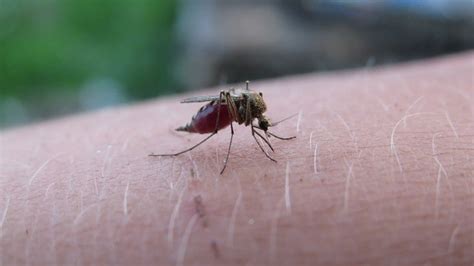by Gabrielle M. Etzel, Healthcare Reporter
Mosquitoes infected at least five people with malaria in the United States and are responsible for the recent outbreak of the disease in both Florida and Texas.
Three mosquitoes in Sarasota, Florida, tested positive for malaria on Friday.
This positive cluster of Anopheles mosquitoes is the first to have been found to carry the virus in the United States since eight people were infected with the virus in Palm Beach in 2003.
The Florida Health Department issued a warning on Monday after four human infections had been identified, saying that the patients had fully recovered from the illness. “Effective treatment is readily available through hospitals and other health care providers. Individuals in this area with symptoms of fever, chills, sweats, nausea/vomiting, and headache should seek immediate medical attention,” the press release read.
This week, mosquitoes in southern Texas along the Gulf of Mexico also tested positive for malaria, accounting for one human infection of the disease.
According to the Centers for Disease Control and Prevention, the most prevalent source of malaria in the United States before the COVID-19 pandemic was from foreign travel to regions with high rates of transmission, especially sub-Saharan Africa and South Asia. There are more than 240 million cases of malaria worldwide each year, 95% of which are in Africa.
The CDC was created as the Communicable Disease Center in July 1946. The organization declared the disease eliminated from the United States in 1951.
“[C]linicians should consider a malaria diagnosis in any person with a fever of unknown origin regardless of their travel history,” the CDC advises. “Prompt diagnosis and treatment of people with malaria can prevent progression to severe disease or death and limit ongoing transmission to local Anopheles mosquitos.”
Safely using insect repellent and wearing loose-fitting but long-sleeved shirts and pants help to prevent mosquito bites. Emptying or securing water collection areas also curbs the spread of mosquito-borne illnesses by eliminating insect breeding grounds.

